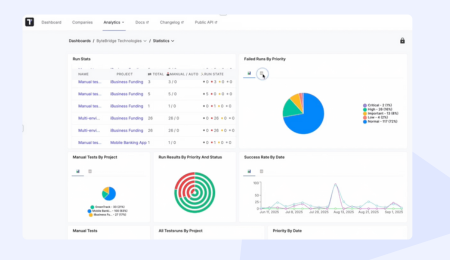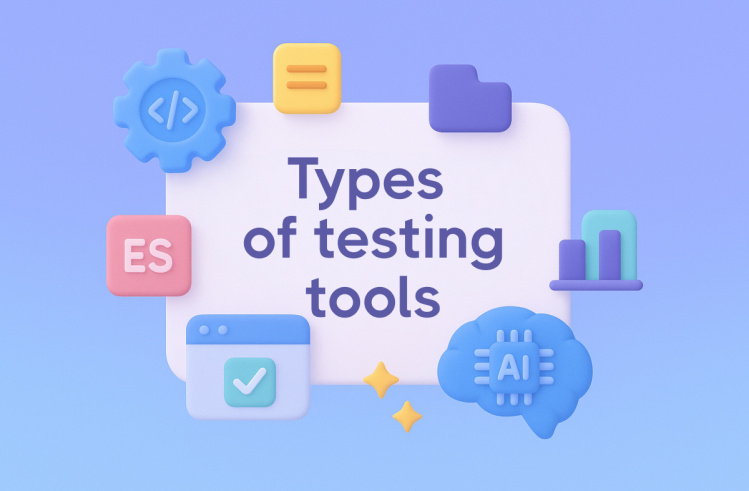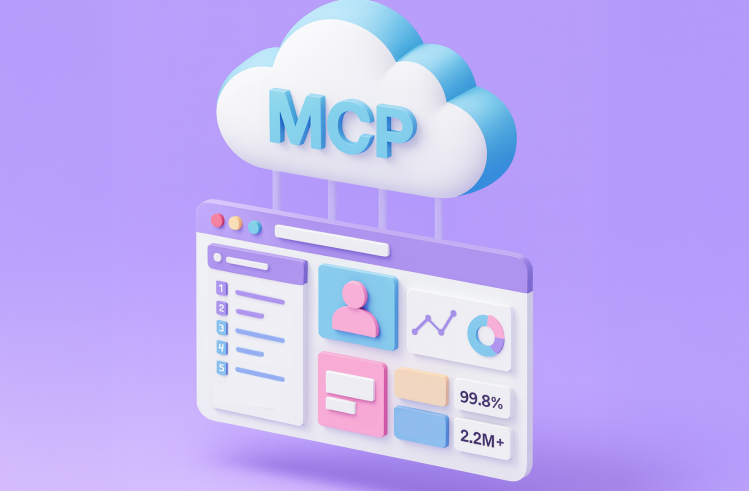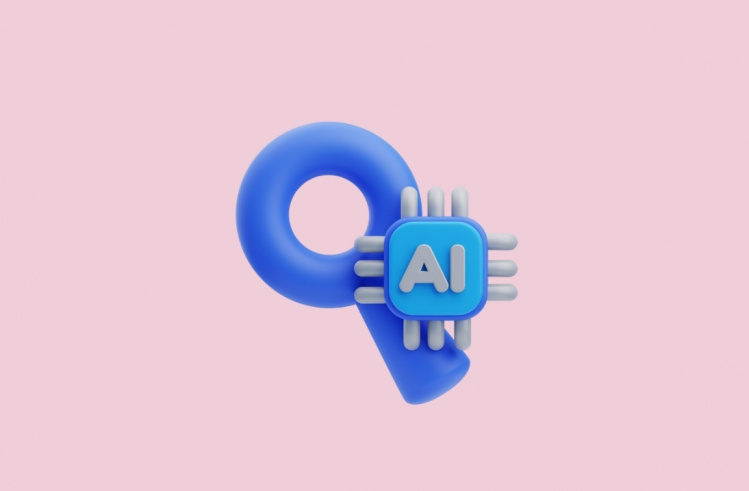Artificial intelligence tools offer promising support, but they also introduce new complexities. Balancing realistic expectations with effective AI integration requires careful management to protect workflow and enhance output without falling prey to overhyped solutions.
Key Takeaways
- Frequent interruptions significantly reduce focused coding time.
- Managing evolving priorities contributes strongly to cognitive overload.
- Effective use of AI demands practical balance and realistic expectations.
Understanding Productivity Challenges
Frequent Causes of Productivity Loss
Several factors regularly chip away at productivity. Interruptions like unexpected messages, emails, or walk-bys forcibly break concentration. These disruptions take time to recover from and hinder sustained focus on tasks such as coding or writing documentation.
Effects of Task Switching
Switching between tasks causes significant delays. When someone interrupts work or there is a sudden need to shift focus, it can take approximately 20 minutes to regain the previous level of concentration. This ongoing context switching prevents deep work and slows output dramatically.
Unpredictability and Changing Priorities
Constantly shifting priorities create mental strain that blocks immersion in work. When team members doubt if they are focusing on the correct tasks or if their managers understand priorities, anxiety and uncertainty grow. This cognitive load reduces efficiency and increases hesitation to fully engage with work.
Clarifying Goals and Measures of Success
A clear definition of what constitutes “done” is critical. Productivity improves when there is a shared understanding that completion means not just finishing code or features but also delivering value to users. Without well-defined deliverables and success criteria, workers face uncertainty that undermines confidence and slows progress.
AI’s Influence on Developer Productivity
Improvements Enabled by AI Solutions
AI tools provide developers with support that can reduce routine tasks and speed up coding efforts. They assist in automating repetitive work, generating code snippets, and offering real-time suggestions, which helps maintain the flow of productivity. By handling mundane aspects, developers gain more time to focus on complex problem-solving.
Challenges and Drawbacks of Using AI
Despite its benefits, AI adoption introduces challenges such as overreliance and interruptions in workflow due to inconsistent or inaccurate outputs. Developers must remain critical of AI-generated content and avoid assuming it as a final solution. These limitations mean AI complements but does not replace skilled human judgment.
Setting Realistic Goals with AI in Development Teams
Aligning AI tools with actual team needs requires managing expectations carefully. Clear communication on what AI can and cannot do helps prevent disappointment. Teams should prioritize understanding how AI fits within their workflow, balancing assistance with the continued need for developer expertise.
Balancing AI Adoption and Realistic Expectations
Encouraging Thoughtful and Ethical AI Integration
AI should be integrated with care, emphasizing responsible application rather than relying on it as a fix-all solution. Teams must remain aware of AI’s limits and avoid expecting it to solve every issue automatically. This means fostering a culture of continuous learning and cautious use.
Key points to promote responsible AI use:
- Educate users on realistic AI capabilities.
- Avoid blind dependence on AI outputs.
- Maintain human oversight in critical decisions.
Distinguishing Between AI Hype and Practical Use
There is often an exaggerated belief that AI will transform all workflows instantly. It’s important to balance optimism with pragmatism, recognizing that AI tools are valuable but not infallible. Users should critically assess AI claims and focus on tangible improvements instead of marketing promises.
Signs of AI hype to watch for:
| Hyped Claim | Realistic Perspective |
|---|---|
| AI will solve all problems easily | AI assists but doesn’t replace expertise |
| AI outputs require no review | Outputs need validation and refinement |
| AI adoption leads to immediate ROI | Success takes time and aligned processes |
Recognizing Genuine AI Benefits in Workflows
AI’s meaningful contributions appear when tools actively enhance productivity and support workflow priorities. Effective AI use reduces distractions like context switching and helps maintain focus on core tasks such as coding and documentation. Value is achieved when AI supports clear goals and adds measurable benefits.
Examples of valuable AI contributions:
- Automating repetitive tasks to save time.
- Offering suggestions that accelerate coding.
- Helping clarify priorities and acceptance criteria.
Methods to Enhance Workflow Efficiency
Minimizing Interruptions and Task Switching
Frequent interruptions can severely disrupt focus, causing a loss of up to 23 minutes of concentration after each disturbance. Limiting notifications, avoiding unnecessary meetings, and creating dedicated time blocks for deep work help maintain cognitive flow.
Defining and Following Priorities
Clear priorities reduce uncertainty and cognitive overload. Understanding what tasks require attention, setting transparent goals, and regularly reviewing these priorities enable individuals to invest effort effectively and avoid confusion about what to work on next.
Synchronizing Team Objectives With Output
When teams align their goals and understand the definition of done, including delivering value to users rather than just completing tasks, productivity improves. This alignment builds confidence, reduces wasted effort on unclear requirements, and supports collective focus on meaningful progress.
Key Takeaways
The main obstacles to productivity often stem from frequent interruptions and constant context switching, which can fragment focus for an extended period. These disruptions reduce the actual time available for meaningful work, especially coding, which is central to many roles.
Additionally, uncertainty surrounding priorities and expectations increases cognitive load. When clear definitions of done or value delivery are missing, confidence wanes, and productivity suffers. Addressing these challenges requires a realistic approach to managing workflow and interactions, rather than relying on hype or oversimplified solutions.
Essential points to consider:
- Interruptions can cause an average 23-minute disruption in focused work.
- Time spent coding daily is surprisingly low compared to expectations.
- Clarity in objectives and acceptance criteria directly influences work effectiveness.
- Managing change and volatility help preserve mental space needed for flow states.








